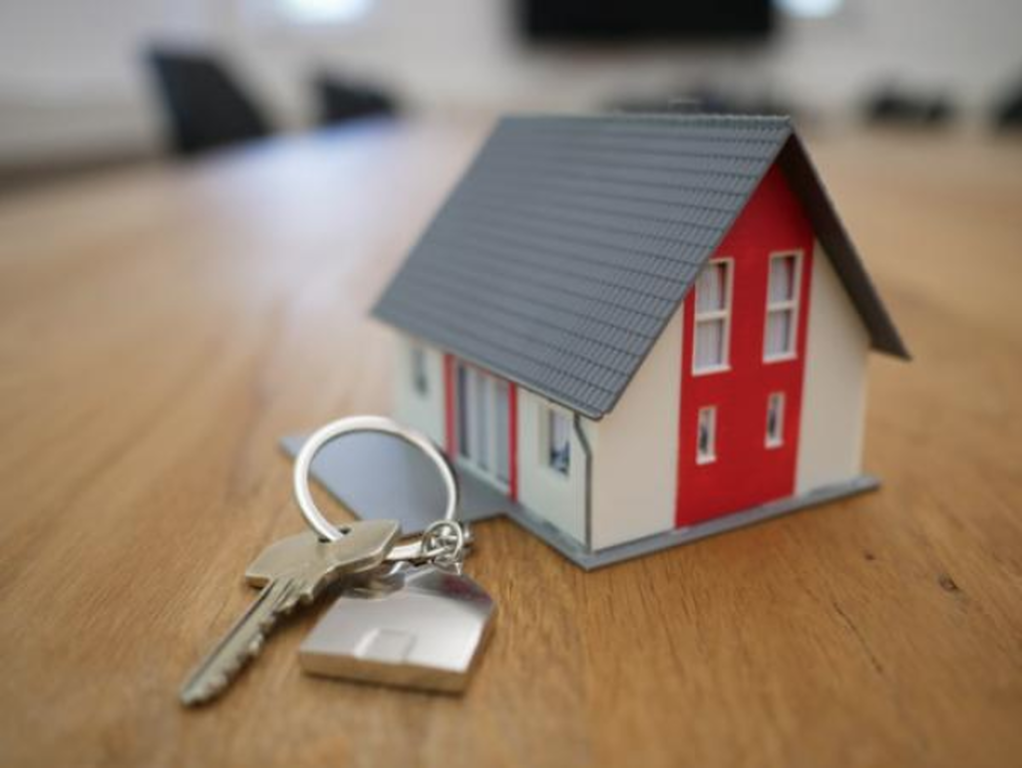Double-digit price gains in metro denver housing market carry over into 2021
Metro Denver’s worsening imbalance between supply and demand has 2021 starting out with annual home price appreciation solidly into double-digit territory, according to the Market Trends Report out Wednesday from the Denver Metro Association of Realtors.
The average price of a single-family home that closed in January in metro Denver rose 2.9% from December to a record $629,159. Annual price appreciation is running a hot 18.7%. But that sharp increase reflects the growing dominance of more expensive homes in what is available to buy on the market.
For example, there were 70% more homes worth $1 million or more sold last month compared to January 2020, while there were 45.4% fewer homes sold in the $300,000 range and an 11.2% drop in homes sold in the $400,000 range.
The median price, or the point where half the homes sold for more and half for less, came in at $510,000 for single-family homes. That is up 1.3% on the month and 10.9% year over year. The last time metro Denver started a year with double-digit median price gains was January 2018.
Condos and townhomes had an average closing price of $397,792 and a median closing price of $339,000. The average price is up 2.5% and the median is up 2.7% on a monthly basis and 11.7% and 11.15% annually.
“As the shift to more space and low interest rates continues to drive demand, the months-end active inventory continues to sink to historic lows,” said Andrew Abrams, chairman of the DMAR Market Trends Committee and a local Realtor.
After reaching an all-time low at the end of December, the number of active listings dipped another 8.9% in January to 2,316. Buyers last month had less than half as many properties to choose from as they did in January 2020 and compared to the average inventory going back to 1985, 83% fewer options available.
That inventory decline only partially reflects a drop in new listings, which fell 14.5% on the year for single-family and 10.6% for condos.
Closings fell 42% from December to 3,015 properties and they are down 10.3% over the year. Abrams notes that pending sales are holding up much better and are on par with year-ago levels.
The sales drop can be explained by the lack of available options for buyers, who are trying to take advantage of the historically low mortgage rates engineered by the Federal Reserve to give the economy a boost.
“We think there could be some upward pressure on rates,” said Ali Wolf, chief economist at Zonda on a webinar last week. Wolf expects rates on a 30-year mortgage will run in the range of 2.9% to 3.4% this year, higher than they were late last year. That will make purchasing a home less affordable, but shouldn’t derail the market, she said.
The average price of a single-family home that closed in January in metro Denver rose 2.9% from December to a record $629,159. Annual price appreciation is running a hot 18.7%. But that sharp increase reflects the growing dominance of more expensive homes in what is available to buy on the market.
For example, there were 70% more homes worth $1 million or more sold last month compared to January 2020, while there were 45.4% fewer homes sold in the $300,000 range and an 11.2% drop in homes sold in the $400,000 range.
The median price, or the point where half the homes sold for more and half for less, came in at $510,000 for single-family homes. That is up 1.3% on the month and 10.9% year over year. The last time metro Denver started a year with double-digit median price gains was January 2018.
Condos and townhomes had an average closing price of $397,792 and a median closing price of $339,000. The average price is up 2.5% and the median is up 2.7% on a monthly basis and 11.7% and 11.15% annually.
“As the shift to more space and low interest rates continues to drive demand, the months-end active inventory continues to sink to historic lows,” said Andrew Abrams, chairman of the DMAR Market Trends Committee and a local Realtor.
After reaching an all-time low at the end of December, the number of active listings dipped another 8.9% in January to 2,316. Buyers last month had less than half as many properties to choose from as they did in January 2020 and compared to the average inventory going back to 1985, 83% fewer options available.
That inventory decline only partially reflects a drop in new listings, which fell 14.5% on the year for single-family and 10.6% for condos.
Closings fell 42% from December to 3,015 properties and they are down 10.3% over the year. Abrams notes that pending sales are holding up much better and are on par with year-ago levels.
The sales drop can be explained by the lack of available options for buyers, who are trying to take advantage of the historically low mortgage rates engineered by the Federal Reserve to give the economy a boost.
“We think there could be some upward pressure on rates,” said Ali Wolf, chief economist at Zonda on a webinar last week. Wolf expects rates on a 30-year mortgage will run in the range of 2.9% to 3.4% this year, higher than they were late last year. That will make purchasing a home less affordable, but shouldn’t derail the market, she said.


 Menu
Menu




